Carnivorous Butterwort Pinguicula Houseplant
Carnivorous plants definitely fall into the category of weird, wonderful and downright fascinating. Mesmerising houseplant owners of all ages with their striking appearances and fascinating adaptations to capture and feed on insects and small creatures. It is no wonder they have held their popularity for decades.
Pinguicula, commonly known as a Butterwort plant is a natural fungus gnat killer! If you have an issue with this pest this plant is for you.
Each carnivorous plant comes with beautifully illustrated care guides by local Scottish artists.
Please note that the carnivorous plants with minor cosmetic leaf damage are on sale and are not eligible for discounts or refunds. Despite their imperfections, these plants are healthy and will continue to grow, producing plenty of fresh, new leaves over time.
The best place to start with carnivorous plants is by understanding their natural habitat and how their environment has led them to form such unique adaptations. Carnivorous plants have been on the planet for a long time, around forty million years and have been found on almost every continent and tropical island with Antarctica being the only exception.
Carnivorous plants are typically found in areas that are high in natural light and moisture, as well as water-logged areas like swamps where the nutrients in the soil are virtually non-existent. Many of their strange adaptations have been formed from this lack of nutrients.
All plants need basic nutrients to survive and without them, they don’t stand much of a chance.
Nitrogen and phosphorus are two of the most important nutrients plants need, nitrogen is the main component in chlorophyll which plants use for photosynthesis. The other is phosphorus, which is needed to make this process possible. Plants use phosphorus to take in, store and convert the sun’s rays. Without it, they would be unable to use the sun’s energy to create the biomolecules (proteins, amino acids, DNA) they need to grow and reproduce.
Carnivorous plants have adapted over millions of years to get these essential nutrients from their environment. Unable to get these nutrients from the soil they have formed traps to capture insects and small creatures that are rich in the nutrients they lack.
There are approximately 600 different species that fall into the Carnivorous plant category. These different species have found ways of attracting, trapping, killing, and absorbing their prey purely to extract the nutrients they need for survival.
Most carnivorous plants will use bright colours, distinctive smells, and sticky surfaces to attract insects but there are some key mechanisms that make up the variations of carnivorous plants and most species can be spread across these different hunting strategies
- Snap traps use rapid leaf movement to snap shut and capture their prey.
- Bladder traps suck in their prey with a small internal vacuum.
- Pitfall traps entice prey into a small rolled-up leaf with digestive enzymes.
- Flypaper traps utilize sticky mucus to trap their prey.
- Eel traps use inward-facing hairs to force their prey towards the digestive organ.
Looking for an help how to look after your carnivorous and make it thriving?: Click here to check our care instructions to find out how to look after your carnivorous plant.
Would you like to learn about carnivorous plants? Check our article here.
Pet Friendly
Q1: What care requirements do Butterwort plants need to thrive indoors?
A1: Butterwort plants thrive in environments with high natural light and consistent moisture. Place them in a spot with indirect sunlight and keep the soil slightly damp. Avoid fertilisers as these plants obtain nutrients from trapped insects.
Q2: Can I keep a Butterwort plant in a terrarium setting?
A2: Yes, Butterworts are excellent for terrarium settings due to their need for moist environments. Ensure the terrarium is well-lit and has some airflow to prevent mould, which can harm the plant.
Q3: Are Butterwort plants suitable for beginners, and how do they benefit from them being pet-friendly?
A3: Butterworts are great for beginners because of their easy-care nature and ability to handle occasional neglect. Their pet-friendly status also makes them a safe choice for households with animals, eliminating the worry of toxic effects if accidentally ingested by pets.

Hit the button below to create a care guide for this plant.
It should just take a few seconds but can take up to a minute to write your guide.
5 reviews for Carnivorous Butterwort Pinguicula Houseplant
| 5 star | 100% | |
| 4 star | 0% | |
| 3 star | 0% | |
| 2 star | 0% | |
| 1 star | 0% |
1-5 of 5 reviews
Add a review
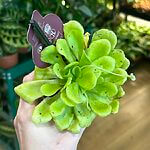 Carnivorous Butterwort Pinguicula Houseplant
Carnivorous Butterwort Pinguicula Houseplant
Your review
* Review is required
Name
* Name is required
Email
* Email is required
Add photos or video to your review
* Please tick the checkbox to proceed


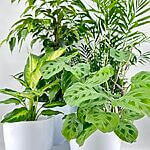
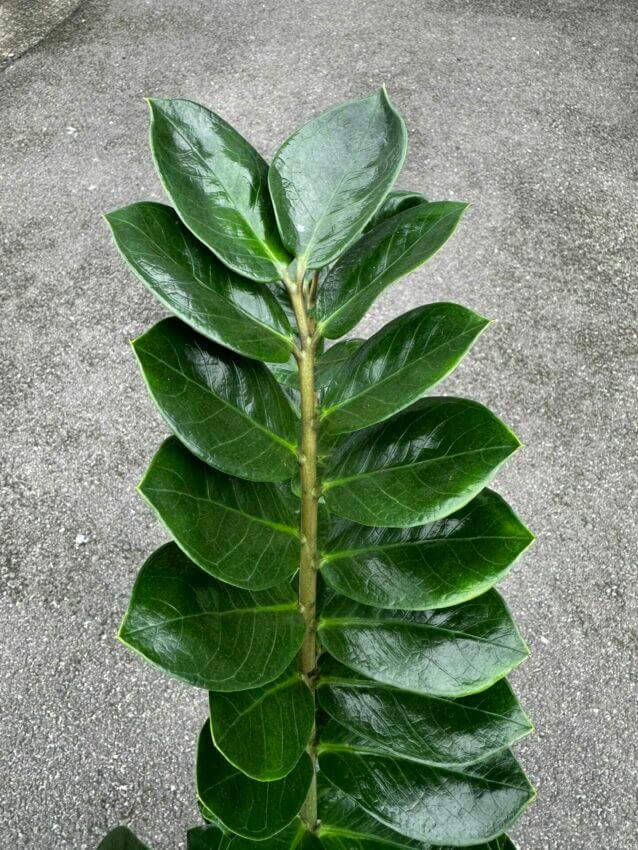

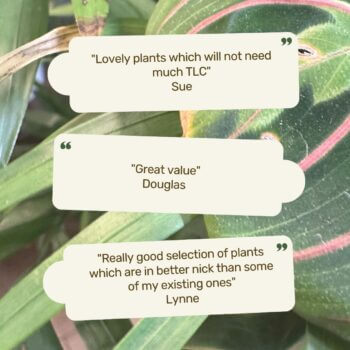
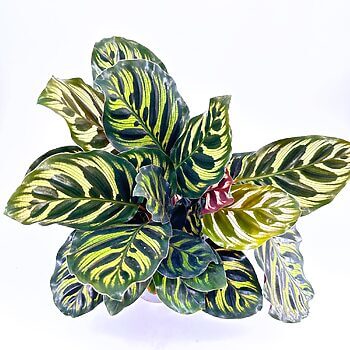

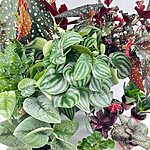




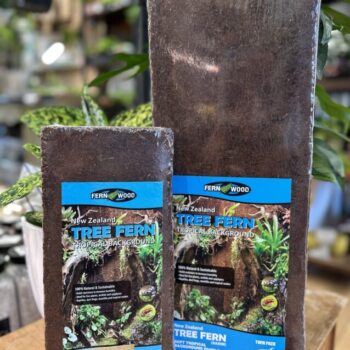
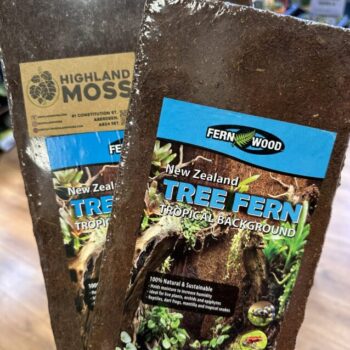
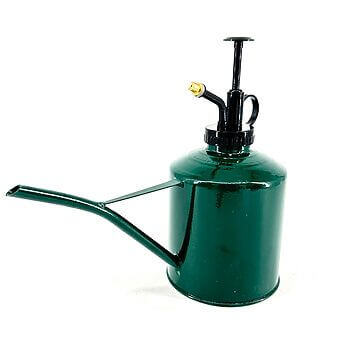
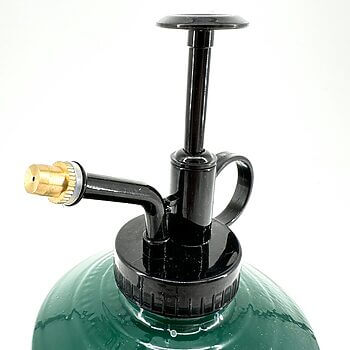

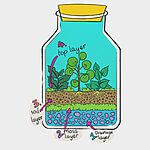
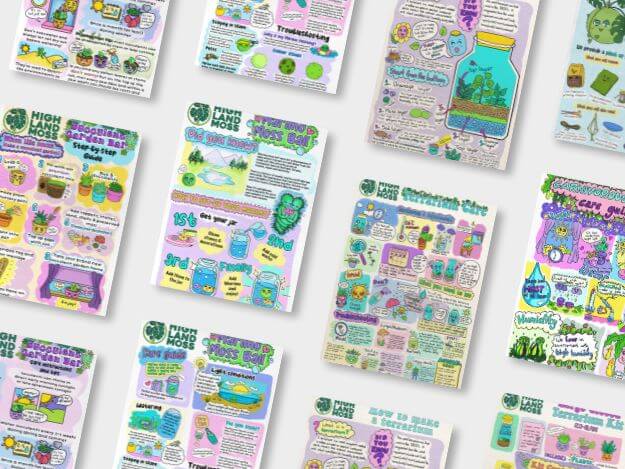
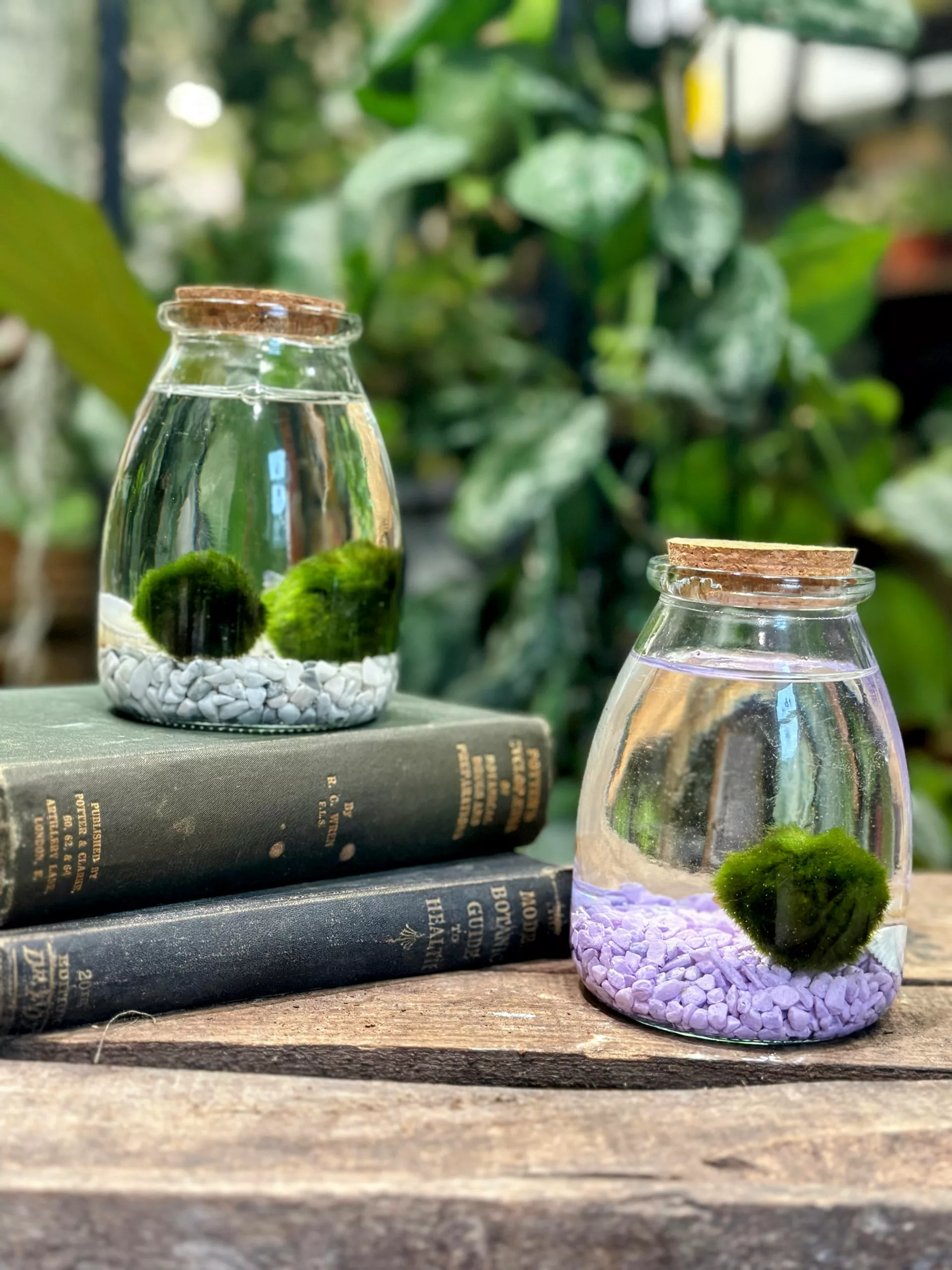
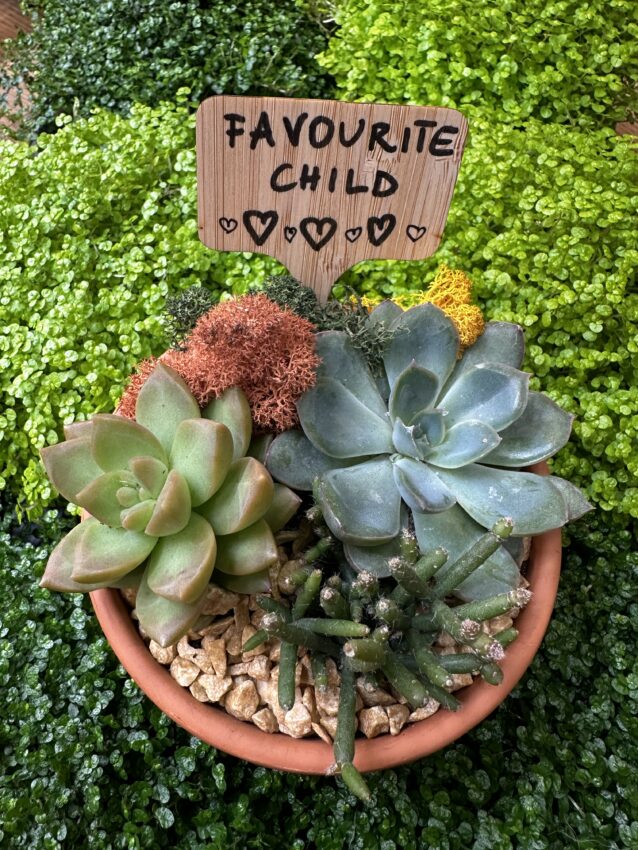
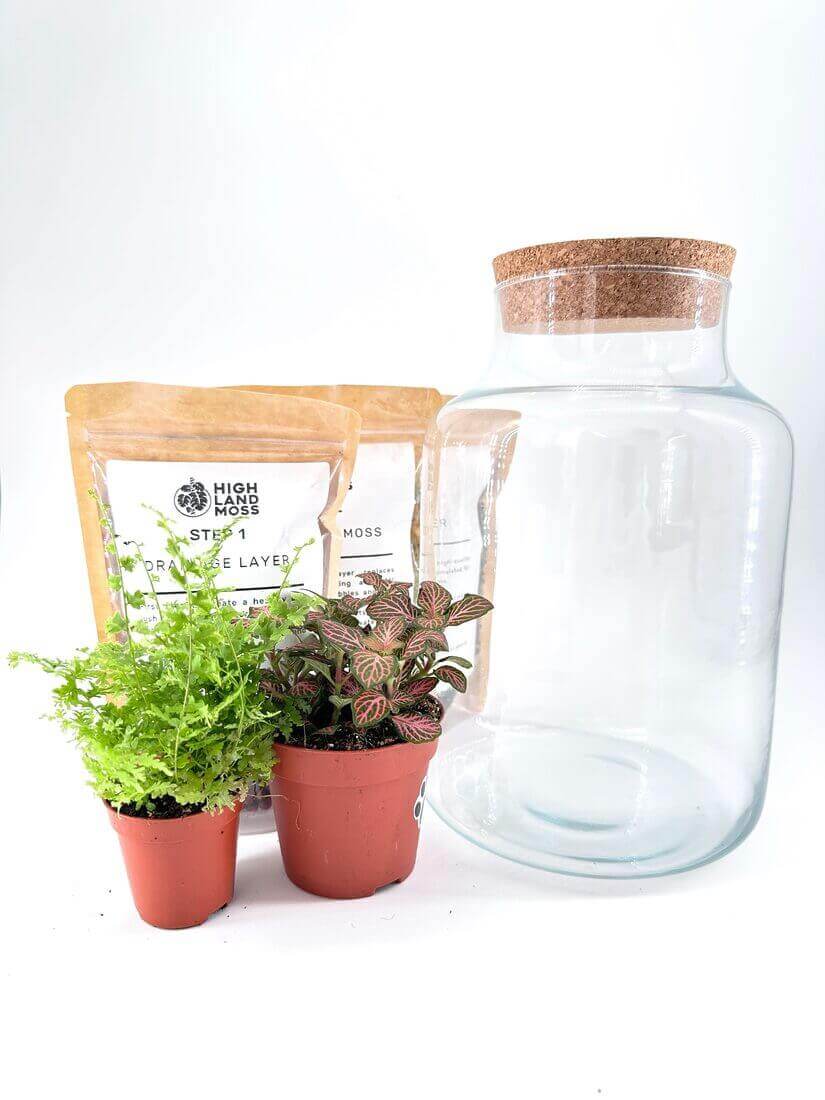

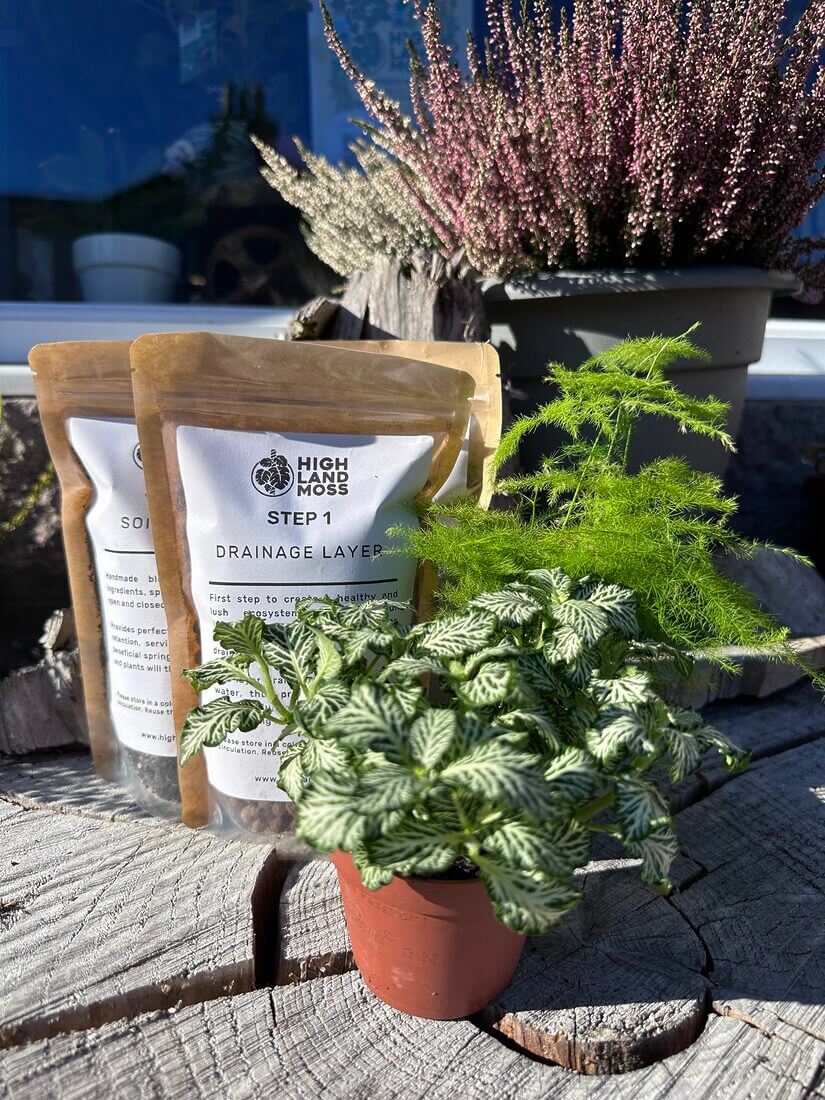




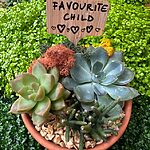
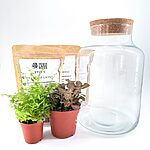

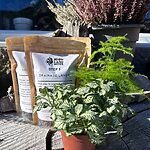


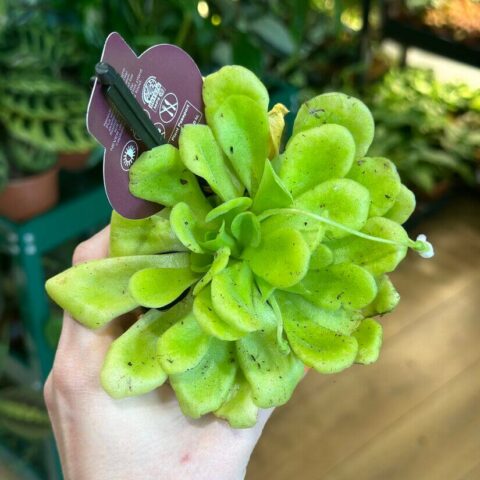





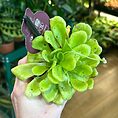

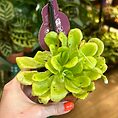
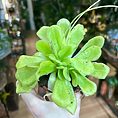
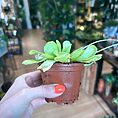
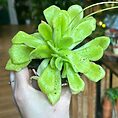
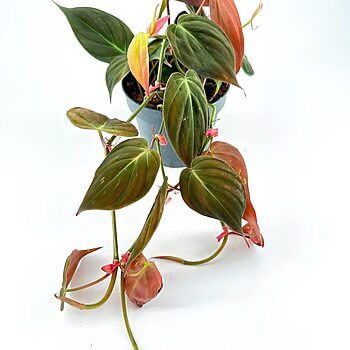

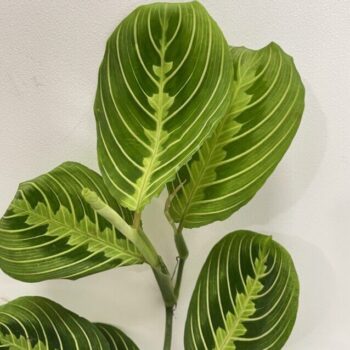
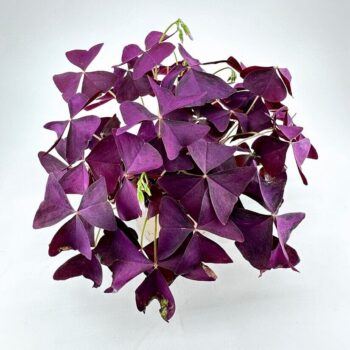
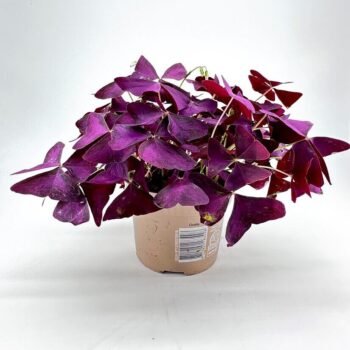
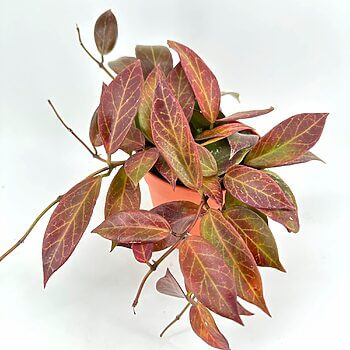

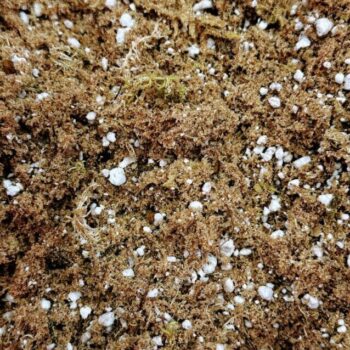
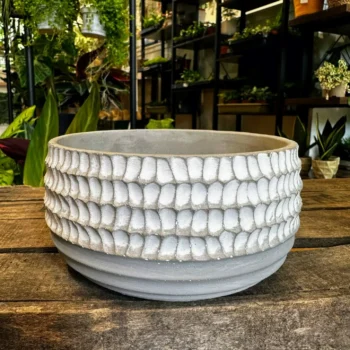


Nice big plant and it was in flower.
Attracting many fungus gnats, seems happy so far
Looks very healthy